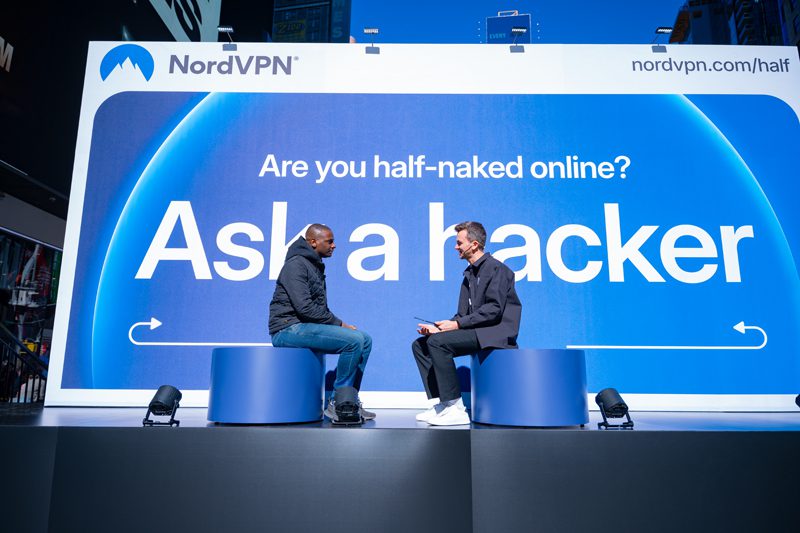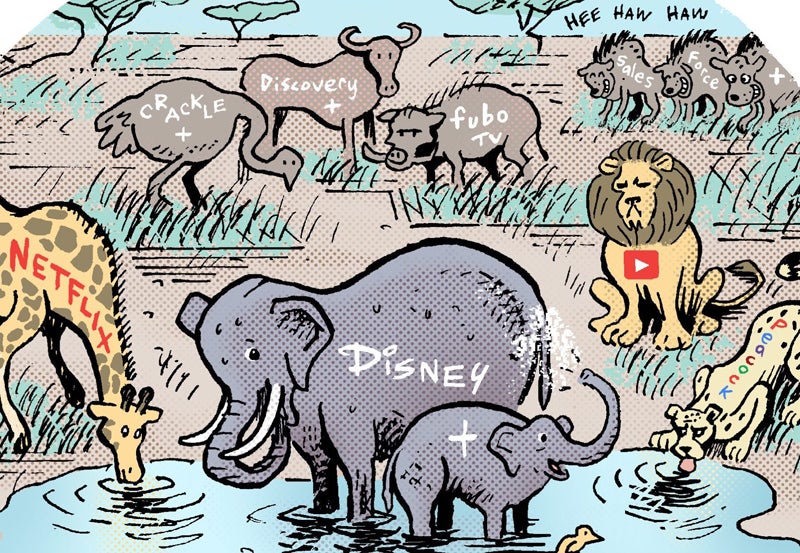Even though the initial hype has died down and people are no longer tagging “e-” onto the front of everyday words, there’s no question the Internet continues to impact the way we perform everyday tasks and transactions.
Thanks to the widespread availability of broadband, endless amounts of information are now readily accessible and people can communicate more quickly and easily than ever before.
We’ve come to take for granted this medium’s ability to deliver anything and everything we want at a moment’s notice. It’s no longer “e-commerce”; it’s just shopping. It’s no longer “online banking”; it’s just paying the bills.
Nowhere is this more apparent than in the retail sector. User-friendly search engines such as Google and Yahoo! have made it possible for even the most novice shoppers to seek out virtually any product imaginable.
On the seller side, retailers are no longer bound by factors such as physical inventory or shelf placement. As such, they’re free to carry products that cater to consumers’ increasingly sophisticated demands.
More and more businesses are taking advantage of this emerging model, one which Chris Anderson, Editor-in-Chief of Wired Magazine, has dubbed “the Long Tail.”
In the offline world, popularity typically dictates which products do (or do not) earn that valuable space on store shelves. A CD has to sell a certain number of copies in order for a music store to consider it worth carrying, a film has to draw a minimum number of ticket holders in order to keep its spot on the marquee, and so on.
In a Long Tail economy, such a



